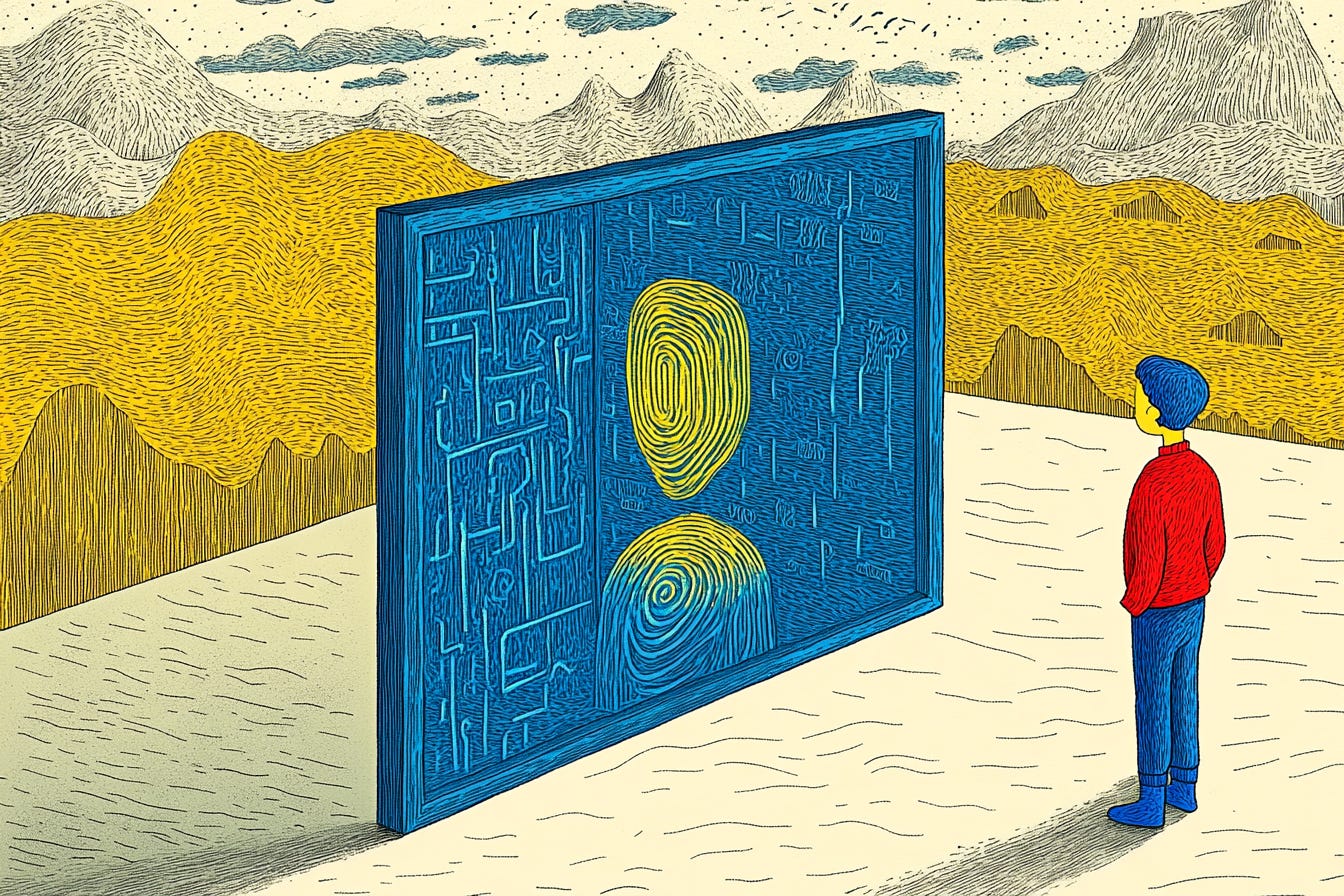The Invisible Barrier: Your AI is smarter than you think — Your interface is worse than you realize
Your AI is probably smarter than you think. Your interface is definitely worse than you realize.
And that gap is costing you more than you know.
This realization didn't come from theory. It came from the different AI interfaces we've been building and testing. We saw where users struggled with interfaces that should have worked—but didn't.
In this AI renaissance, the most profound paradox seems to be this: as machine intelligence advances exponentially, the importance of human-centered design increases at precisely the same rate. The difference between transformative AI and frustrating potential isn't the algorithm—it's the interface.
Through Be01's own incubation products like Flyway — a tool for brainstorming and validating ideas — as well as our work in helping shape AI product experiences with partners like Isoform (a startup creating better ways to build bespoke enterprise software) from their beginning, we've been extensively thinking about ways AI and humans can collaborate and build on each other's work. These diverse experiments revealed a consistent pattern: the best AI in the world delivers zero value if users can't effectively engage with it.
One experiment crystallized this:
In a recent incubation project, we built a tool that used AI to synthesize product feedback from across channels—support tickets, user interviews, social media, and app store reviews. The algorithm brilliantly identified patterns and prioritized actionable insights.
Yet in user testing, we watched product managers nod politely at the AI's recommendations—then systematically ignore them when making actual decisions.
The revelation wasn't that we needed better AI. The system was already detecting patterns humans missed. What we needed was a better conversation. By redesigning the interface to expose the AI's reasoning process—particularly, showing the journey from raw feedback to insight—skepticism turned into trust. Same AI, very different outcomes. The algorithm hadn't changed at all. Only the conversation around it had evolved.
That moment captured the essence of effective human-AI collaboration: intelligence without interface is just untapped potential—and unrealized business value.
Most teams are still focused on improving AI capabilities. Few are solving the harder problem: designing the invisible layer between human intention and machine understanding.
The field is evolving beyond "prompt engineering" toward "cognitive choreography"—deliberately sequenced interactions where human and artificial intelligence amplify each other's unique strengths.
Four principles that nurture effective human-AI partnerships:
Cognitive load balancing: Great interfaces redistribute mental workload where each intelligence performs optimally.
Transparent capability boundaries: Clear communication about what AI can/cannot do eliminates the frustrating "uncanny valley" of partial competence.
Collaborative iteration: Interfaces that treat user feedback as a gift rather than a correction build cumulative intelligence.
Context preservation: Systems that maintain shared understanding across sessions create compounding value over time.
These aren't theoretical concepts. They've emerged from real projects with meaningful outcomes on the line.
For those eager to develop expertise in this emerging field:
Start smaller than you think.
Choose one specific task where AI adds genuine value.
Create the simplest possible interface.
Put it in front of real users immediately.
Watch silently.
Learn from where they struggle.
I believe we're approaching an inflection point. The companies that thrive won't necessarily have the most advanced AI—they'll have the most thoughtfully designed interfaces that make AI's capabilities accessible, understandable, and actionable.
What's one AI interaction challenge you've encountered that seemed like a technology problem but might actually be an interface issue? I've found the best way to master this new medium is by doing—and learning together. Would love to swap notes.


